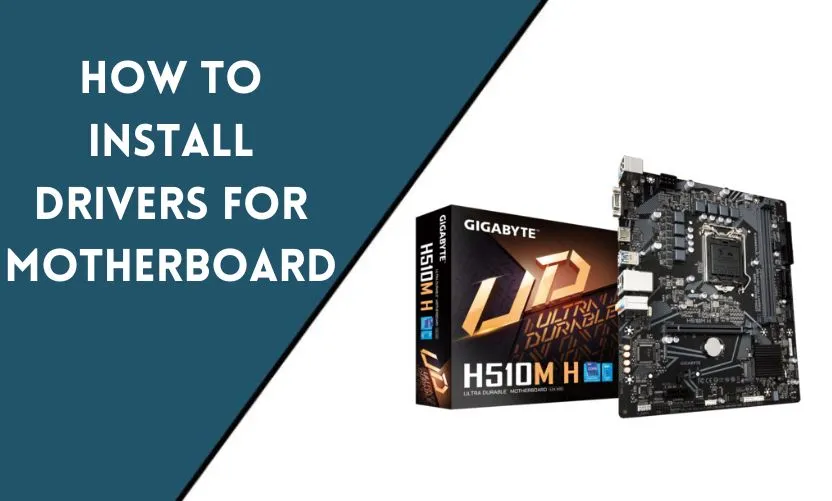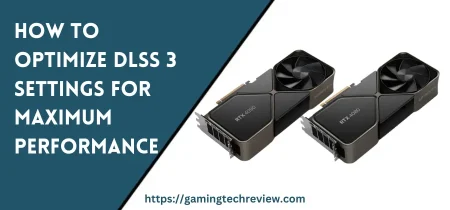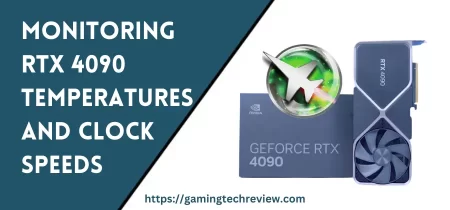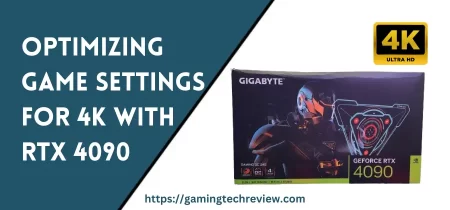
Are you having trouble installing drivers for your motherboard? You’re not alone. Many people find this process confusing and frustrating, but with the right guidance, it can be a breeze. In this article, we’ll provide you with a step-by-step guide on how to install drivers for your motherboard.
Introduction
Motherboard drivers are essential software components that enable the communication between the operating system and hardware components. Without them, your computer’s performance can suffer. However, installing drivers for your motherboard can be a daunting task, especially if you’re not familiar with the process. In this article, we’ll provide you with a step-by-step guide on how to install motherboard drivers to ensure your computer is running smoothly.
What Are Motherboard Drivers?
Motherboard drivers are software programs that facilitate the communication between the operating system and the motherboard hardware components. These drivers are essential for the proper functioning of the computer system. They ensure that all the components on the motherboard, including the chipset, audio, LAN, graphics card, and USB, work together seamlessly.
Preparing to Install Motherboard Drivers
Before installing motherboard drivers, you need to prepare your system to ensure a smooth installation process. Here are some things you should do:
Identify Your Motherboard Model
To install the correct drivers, you need to identify your motherboard model. You can find this information in the system information or BIOS settings. Alternatively, you can use third-party software to identify your motherboard model.
Download Drivers
After identifying your motherboard model, you need to download the drivers from the manufacturer’s website. Make sure you download the correct drivers for your operating system version.
Create a System Restore Point
Before installing any drivers, it’s a good idea to create a system restore point. This allows you to revert to a previous state in case something goes wrong during the installation process.
Installing Motherboard Drivers
Now that you have prepared your system, it’s time to install the motherboard drivers. Here’s a step-by-step guide:
Installing Chipset Drivers
Chipset drivers are essential for the proper functioning of the motherboard. To install chipset drivers, follow these steps:
- Double-click on the downloaded chipset driver file.
- Follow the instructions provided by the installer.
- Reboot your system to complete the installation process.
Installing Audio Drivers
To install audio drivers, follow these steps:
- Double-click on the downloaded audio driver file.
- Follow the instructions provided by the installer.
- Reboot your system to complete the installation process.
Installing LAN Drivers
To install LAN drivers, follow these steps:
- Double-click on the downloaded LAN driver file.
- Follow the instructions provided by the installer.
- Reboot your system to complete the installation process.
Installing Graphics Card Drivers
To install graphics card drivers, follow these steps:
- Double-click on the downloaded graphics card driver file.
- 2. Follow the instructions provided by the installer.
- Reboot your system to complete the installation process.
Installing USB Drivers
To install USB drivers, follow these steps:
- Double-click on the downloaded USB driver file.
- Follow the instructions provided by the installer.
- Reboot your system to complete the installation process.
Updating Motherboard Drivers
It’s essential to keep your motherboard drivers up to date to ensure optimal performance. Here are two ways to update your drivers:
Using Windows Update
Windows Update automatically updates drivers for your system. Here’s how to update motherboard drivers using Windows Update:
- Open Windows Update in the Control Panel.
- Click on Check for updates.
- Install any available updates.
Using Manufacturer Websites
You can also update motherboard drivers manually by downloading the latest drivers from the manufacturer’s website. Here’s how:
- Visit the manufacturer’s website.
- Look for the support section and find your motherboard model.
- Download the latest drivers for your operating system version.
- Install the downloaded drivers following the instructions provided by the installer.
Troubleshooting
Sometimes, issues can arise during the installation or updating process. Here are some common issues and how to resolve them:
Driver Not Found
If your computer can’t find the driver, try downloading the driver again and make sure you download the correct version for your operating system.
Compatibility Issues
If you’re experiencing compatibility issues, try installing the drivers in compatibility mode. To do this, right-click on the downloaded driver file, click on Properties, and select the compatibility tab.
Driver Conflicts
If you’re experiencing driver conflicts, try uninstalling the conflicting driver and then reinstalling the correct driver.
Conclusion
Installing motherboard drivers may seem like a daunting task, but with the right guidance, it’s a relatively straightforward process. Follow the steps outlined in this article, and you’ll be up and running in no time.
Frequently Asked Questions
What happens if I don’t install motherboard drivers?
Without motherboard drivers, your computer’s performance can suffer, and certain hardware components may not work correctly.
Can I install motherboard drivers using a USB drive?
Yes, you can download and save the drivers on a USB drive and then install them on your computer.
Do I need to update my motherboard drivers regularly?
It’s a good idea to update your motherboard drivers regularly to ensure optimal performance.
How do I know which drivers to download for my motherboard?
You can identify your motherboard model and download the correct drivers from the manufacturer’s website.
What should I do if I encounter issues during the installation process?
Refer to the troubleshooting section in this article for common issues and their solutions.










